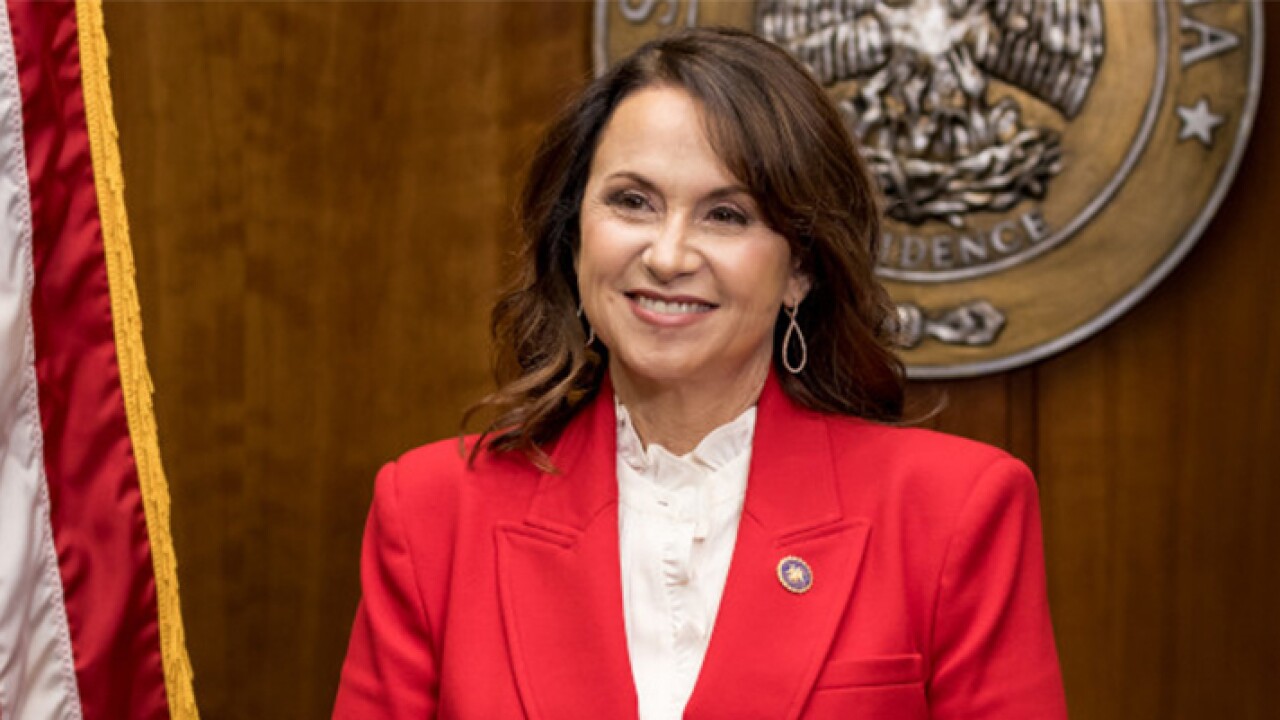U.S. consumer prices rose in July, with a gauge excluding food and fuel costs posting the biggest annual gain since 2008, underpinning expectations that the Federal Reserve will raise interest rates next month.
The consumer-price index rose 0.2% from June after a 0.1% month-on-month gain the prior month, a Labor Department report showed Friday. That matched the Bloomberg survey median. Excluding food and energy, the core gauge was also up 0.2%, the same as projected. The core measure on a year-over- year basis advanced 2.4%, the biggest jump in that measure since September 2008.

The results indicate steady consumer demand will sustain inflation, at a time tariffs and counter-levies by the U.S. and nations including China also threaten to lift costs on a range of goods. Sustained progress toward the Fed's goal — based on its preferred gauge of inflation — keeps the central bank on track for one or two more rate hikes this year.
The overall CPI gauge rose 2.9% in the 12 months through July, matching the survey median, the report showed. Core CPI was projected to advance 2.3% on an annual basis.
About 60% of the increase in the overall index came from a jump in shelter costs.
Some items that posted big declines in June reversed course in July. Among them were hotel and motel rates, which rose 0.4% after a record decline of 4.1% in June. Airfares jumped 2.7%, the most since July 2013, following a 0.9% drop in June.
Apparel decreased again, dropping 0.3% after falling 0.9% the prior month.
The core CPI reading brought the three-month annualized gain to 2.3%, after rising 1.7% in June.
The Fed’s preferred gauge of inflation — a consumption-based figure that tends to run slightly below the Labor Department’s CPI — has been at or above the central bank's 2% goal since March, though the related core index was still shy of the target. Fed officials see core inflation as a more reliable gauge of underlying price pressures.
Policy makers are widely projected to lift borrowing costs when they meet in September, with many investors expecting an additional hike before the end of this year. Inflation has made progress, and the unemployment rate, at 3.9% in July, signals the Fed is near its maximum-employment goal.
Trade may become a source of price pressures. In picking Chinese goods to target for tariffs, the Trump administration has tried to avoid directly taxing consumer goods. But that's getting harder to do as trade tensions escalate. A list of Chinese products due to be hit with tariffs next month includes consumer items such as digital cameras, selfie sticks and electric scooters.
Energy prices fell 0.5% percent from previous month; food costs rose 0.1%.
Costs for new vehicles gained 0.3%; used-vehicle prices rose 1.3%.
Indexes for medical care and apparel costs declined, while measures of airline fares, household furnishings and recreation all increased, the report showed.
The CPI is the broadest of three price gauges from the Labor Department because it includes all goods and services. About 60% of the index covers the prices that consumers pay for services ranging from medical visits to airline fares, movie tickets and rents.





